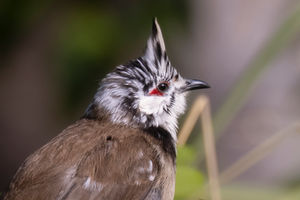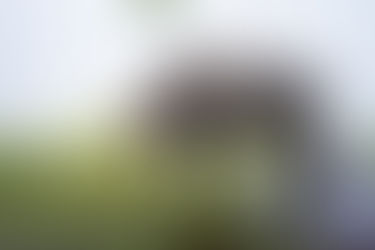Macro photography in the field.
- Wildcreatures
- Aug 22, 2018
- 3 min read
The problem with macro photography in the field and taking wildcreatures pictures in Situ is a)the light b)getting close enough but not scaring the creatures away c)wind, dogs, children d)lugging all the kit necessary e)time. Oh, and f)finding anything to photograph.

So, with regard to a)the light, I often "cheat" and use a ring flash, which allows me to use a low ISO, an aperture of 16/f and shoot at c. 1/200s. I will do a blog post on that soon....it has a much more "studio" effect. But these beetles with their iridescence and sheen would not allow for flash. Also, many creatures jump/hop/skip away after one blast of scary bright light. Plus I use a 100mm macro with my ring flash, but i wanted more "pop" and smoothness, and also distance from my subjects.
For all these beetle images i used a Canon 5DMkIII body, and the brilliant 70-200mm, the essential lens for wildlife photography, a lot of people reckon. I only had that one lens with me, and that longer focal length means I can take pictures further away from my easily frightened subjects than with a "true" macro. Nerd alert: (A magnification ratio of 1:1 means that when the camera is positioned at the closest focusing distance, the image formed on the sensor will be the same size as the subject. For this reason, a 1:1 ratio is also called "life size" or "standard". A lens isn't considered to be "true macro" unless it can achieve at least 1:1 magnification) BUT, that lens at 200mm has a minimum focusing distance to subject of 1.2m, and so the beetles would be tiny in the image, and I would not be able to achieve a true "macro" .... so I put on two extension tubes. (Extension tubes fit between the camera lens and body. They contain no optical elements and their sole purpose is to move the lens further away from the sensor or film, giving a closer focusing distance and greater magnification ratio. Extension tubes can be stacked to increase the effect}.
Now I could get a bit closer, and get a 1/4 filled frame.
So I then put all that kit onto my tripod (if i have one point to make to improve photography, its to use a tripod!) and stealthily moved into position. The sky was overcast, it was late afternoon, so ideal for portraits and images - as long as nothing moved! These guys love to wave their antennae, and also there was a fair breeze blowing on the plants, meaning shutter speed could not be lower than around 1/45s. So, this dictated everything else...as i knew i needed a closed aperture for depth of field of around f11. Which then dictated my ISO...as long as it was not too high, i could live with it.
Lastly, and one thing that i believe makes a big difference, is to use a "bounced light source", like they do in weddings or portraits - you know, the person holding up a big white card. There is a very good reason they do this...it cuts shadows and really rounds out the subjects, softens lines and makes things 3D and it casts a wonderful light too. You can use a white piece of card, or a cloth foldable spring type, like I do, which has a gold side too, that I just love for its light cast. As it was overcast, and the couple were under leaves, I could not use it to full effect...but it really did make a difference to the one hanging onto the grass, where the light source was from above, so his wingcases were in shadow...but i popped the white circle beneath him and it helped brighten the colours considerably, which you can see in all the pictures in particular the bottom photograph.
BOTTOM photograph . 1/30s f/11 ISO320 @155mm TOP photograph: 1/45s f13 ISO800 @200mm (it was later in the day, and darker under the leaves) I hope you enjoyed this case study and let me know if you have any questions.













Comments